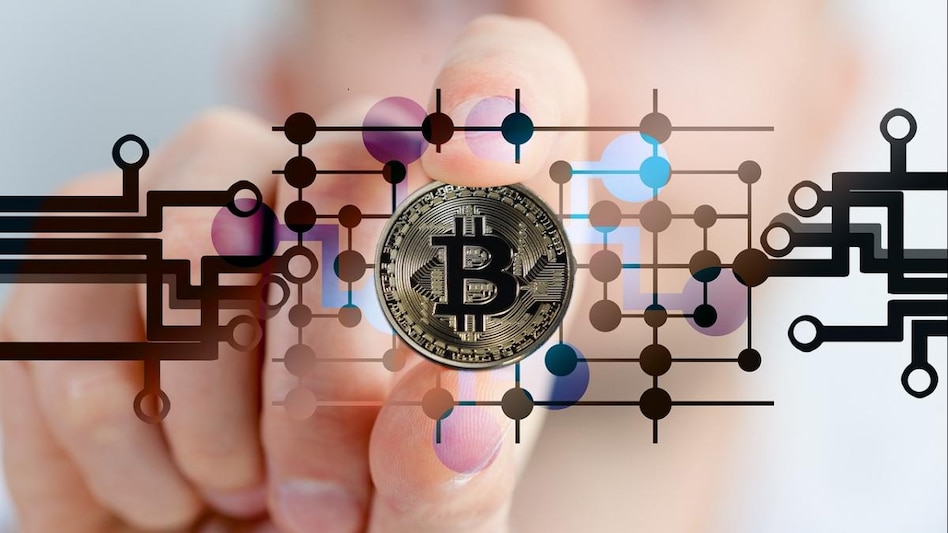Discovering the Impact of Regulatory Adjustments and Technical Innovations on Today's Digital Currencies Headings
The intersection of regulatory modifications and technical developments is essentially changing the landscape of digital money, motivating a re-evaluation of their role in the worldwide economy. Regulative bodies, such as the SEC and CFTC, are actively influencing just how electronic assets are classified, while new technologies are improving deal efficiencies and safety and security procedures. This dual evolution increases critical concerns regarding the effects for market characteristics and capitalist confidence. As we discover these growths, the question stays: exactly how will these variables shape the future trajectory of digital currencies in a significantly interconnected globe?
Current Regulatory Landscape
Following fast advancements in digital currencies, the present regulatory landscape is evolving to attend to the intricacies and obstacles positioned by these developments. Federal governments and governing bodies around the world are facing exactly how to properly supervise this expanding market, which commonly transcends national borders.
Key regulatory methods include the facility of frameworks that define digital money, making certain consumer protection and stopping illicit tasks such as money laundering and fraud. In the USA, companies like the Stocks and Exchange Payment (SEC) and the Commodity Futures Trading Commission (CFTC) are proactively participating in conversations to clear up the category of different electronic assets and their regulative effects.
In A Similar Way, the European Union is advancing its Markets in copyright-Assets (MiCA) policy, which intends to develop a natural governing atmosphere across participant states. Nations like China have chosen more stringent steps, including straight-out restrictions on certain copyright tasks.
As this regulatory landscape continues to develop, it will be crucial for stakeholders, including organizations and customers, to stay educated and adjust to the altering setting to alleviate threats while taking advantage of on chances within the electronic currency ball.
Key Technological Innovations
Many technical advancements are improving the landscape of digital money, significantly boosting their performance and protection. One of the most essential improvements is the growth of blockchain innovation, which gives a decentralized ledger that makes certain transparency and immutability of deals. copyright news. This technology not just mitigates the threat of fraud but likewise permits for real-time purchase confirmation, fostering individual trust fund
Additionally, the development of wise agreements has actually revolutionized how contracts are carried out within electronic money ecosystems. These self-executing contracts help with automatic purchases, removing middlemans and reducing costs related to typical agreement enforcement. Improvements in cryptographic techniques improve the security of electronic wallets, guarding individuals' assets from possible cyber threats.
Another noteworthy development is the integration of expert system in purchase surveillance and fraud discovery, enabling platforms to determine questionable tasks quickly. The introduction of Layer 2 scaling options, such as the Lightning Network, addresses scalability issues, enabling for faster and less costly purchases on networks like Bitcoin.

Influence on Market Characteristics
Technical developments in digital money have not just boosted functionality and safety yet have likewise dramatically altered market dynamics. The introduction of blockchain innovation has actually boosted openness and lowered transaction costs, causing better performance in trading and investment. This has urged a more varied series of click this site participants, from retail capitalists to institutional players, to engage with electronic currencies, consequently enhancing market liquidity.
In addition, the introduction of decentralized finance (DeFi) systems has interfered with standard monetary systems, offering individuals with different avenues for lending, borrowing, and trading. This shift has fostered an affordable environment where traditional monetary establishments are compelled to innovate or take the chance of obsolescence (copyright news). With the rise of stablecoins, which use rate stability amidst volatility, traders can currently execute deals with reduced risk, additional influencing market actions
Additionally, the combination of expert system and artificial intelligence in trading strategies allows for a lot more sophisticated market analysis and anticipating modeling. Because of this, financiers are better furnished to react to market fluctuations, developing a more vibrant trading atmosphere. Jointly, these advancements are reshaping the landscape of electronic currencies, causing a much more interconnected, competitive, and reliable market.

Global Point Of Views on Guideline
Governing approaches to digital currencies differ dramatically around the world, frequently mirroring varying financial top priorities, social perspectives towards technology, and degrees of technical fostering. In the USA, regulative bodies such as the SEC and CFTC come to grips with specifying the lawful condition of cryptocurrencies, focusing on financier security and market stability. On the other hand, the European Union is advancing detailed regulative structures like the marketplaces in copyright-Assets (MiCA) proposal, aiming to create a unified approach that cultivates technology while ensuring customer safety.
On the other hand, nations like China have actually adopted a straight-out restriction on cryptocurrencies, prioritizing financial control and financial security over development. Conversely, countries such as El Salvador have accepted Bitcoin as legal tender, showcasing a strong commitment to monetary addition and financial modernization.
Developing countries commonly find themselves navigating an intricate landscape, balancing the requirement for guideline with the potential benefits of electronic currencies in driving financial growth. On the whole, the worldwide regulatory atmosphere remains fragmented, with continuous discussions and modifications as federal governments seek to strike an equilibrium between cultivating development and mitigating threats connected with digital money. This dynamic landscape emphasizes the need for recurring international cooperation and dialogue among regulatory authorities.
Future Fads in Digital Currencies
As governing frameworks develop, the landscape of digital currencies is positioned for considerable makeover. Emerging patterns more suggest a merging of regulative quality and technical advancement, which will form the future of digital currencies. Central Financial Institution Digital Currencies (CBDCs) are expected to obtain traction as governments explore their prospective to boost monetary plan efficiency and financial inclusion.
Simultaneously, decentralized money (DeFi) systems are expected to challenge typical banking systems, supplying ingenious financial services that run without middlemans. This shift could bring about a re-evaluation of existing laws to accommodate the unique attributes of DeFi while making certain customer defense and systemic security.
Moreover, the integration of expert system and artificial intelligence in copyright trading and risk evaluation will redefine investment techniques and market dynamics. As electronic money come to be significantly conventional, concerns such as cybersecurity dangers and governing compliance will necessitate robust remedies.
Finally, public assumption and fostering will play a vital role in figuring out the trajectory of digital Learn More Here money. Raised awareness and education relating to the advantages and dangers connected with electronic money will certainly drive acceptance, eventually affecting the regulative landscape and market advancements in the years to come.
Conclusion
